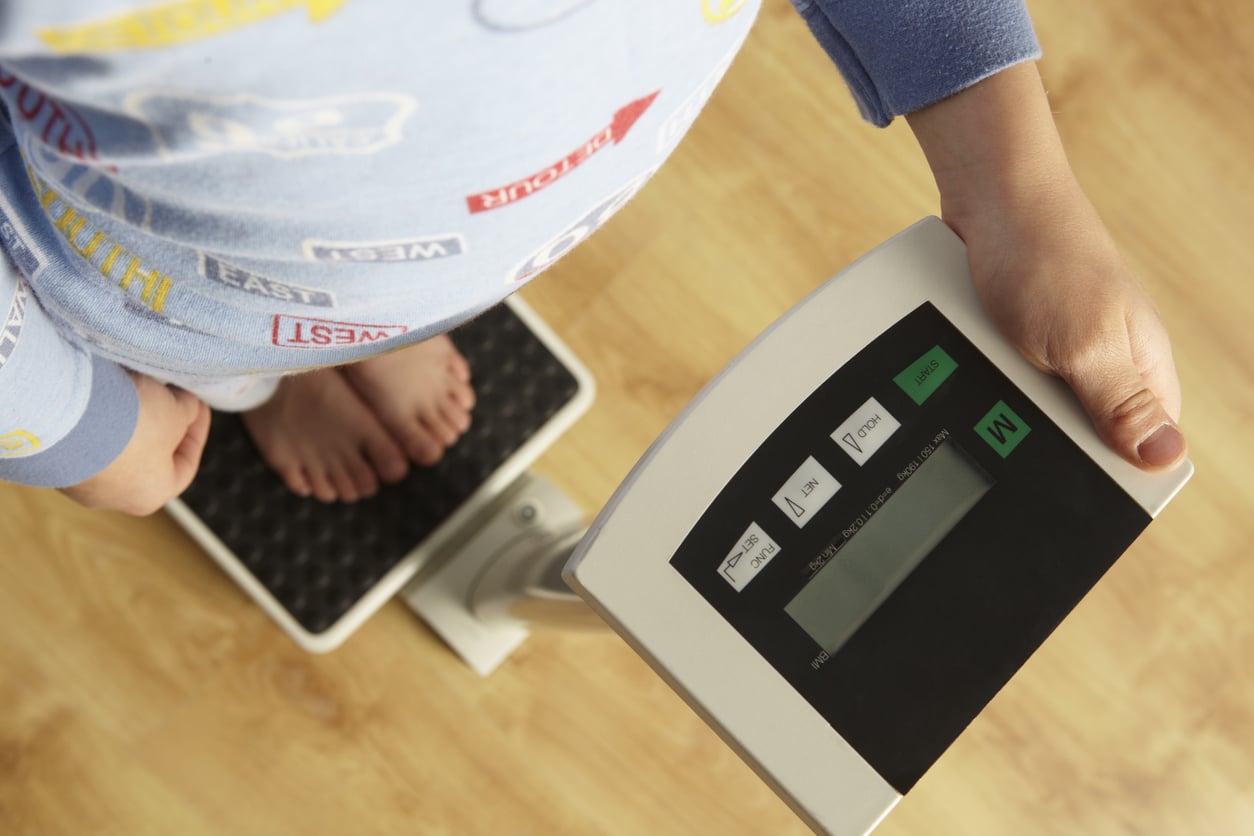How to Recognize and Deal With Back Spasms: A Comprehensive Guide

One of the most prevalent types of discomfort that people suffer is back spasms. They can be caused by a number of factors, including bad posture and stress. We'll go through the causes and symptoms of back spasms, as well as how to cope with them, in this blog post. If you're having back spasms, don't put it off any longer; read this article and take action!
Symptoms of Back Spasm
Back spasms are sudden, involuntary muscle contractions that can cause pain and disability. They can occur in any part of the back, but are most common in the lower back. Back spasms can be caused by a variety of things, including lifting heavy objects, poor posture, and muscle strain. The symptoms of back spasm include severe pain, muscle stiffness, and loss of range of motion. In some cases, the pain can be so severe that it interferes with normal activities. Treatment for back spasm typically involves rest, ice, and over-the-counter pain medication. In more severe cases, physical therapy may be necessary. If you experience back spasm, it is important to see a doctor so that the underlying cause can be properly diagnosed and treated.
Causes of Back Spasm
Back spasms can be caused by a variety of things, including poor posture, muscle strain, and lifting heavy objects. In some cases, they may also be caused by underlying medical conditions such as osteoarthritis or degenerative disc disease. Treatment for a back spasm typically includes ice, heat, massage, and over-the-counter pain medication. However, if the spasm is severe or does not respond to home treatment, it may be necessary to see a doctor or physical therapist for further care.
At-Home Treatment
Back Spasm can occur suddenly and without warning, making it difficult to move or even stand up. Fortunately, there are a few simple treatments that can help to relieve the pain and ease the spasm. Heat is often effective in relieving back spasms, so applying a heating pad or taking a warm bath may provide some relief. If the spasm is severe, over-the-counter pain medications such as ibuprofen or acetaminophen can also be helpful. It is important to drink plenty of fluids and avoid strenuous activity until the spasm has passed. Resting in a comfortable position with a pillow under the knees can also help to reduce pain and discomfort. With proper treatment, most back spasms will resolve within a few days. However, if the pain persists or worsens, it is important to see a doctor for further evaluation.
When to See a Doctor
In most cases, home treatment is all that is needed to ease the pain of back spasms. However, there are a few situations when you should see a doctor. If your symptoms last for more than a week or if they get progressively worse, you should see a doctor. Additionally, if you experience severe pain, muscle weakness, or numbness, you should seek medical attention. Finally, if you have any concerns about your back spasm symptoms, it is always best to err on the side of caution and see a doctor. Recognizing and treating back spasms early can help prevent them from becoming chronic and debilitating.
Medical Treatment
There are a few different options for medical treatment of back spasms. Your doctor may recommend physical therapy to help stretch and strengthen the muscles in your back. They may also prescribe medication, such as muscle relaxants or painkillers, to help relieve pain and inflammation. In some cases, injections or surgery may be necessary. If your back spasms are caused by a more serious condition, such as a herniated disc or spinal stenosis, your doctor will treat that condition accordingly. Recognizing and treating back spasms early is important for preventing them from becoming chronic and debilitating. With proper treatment, most people are able to find relief from their symptoms.
What You Can Do to Prevent Back Spasm
Fortunately, there are a few simple things that you can do to help prevent back spasms. First, practice good posture and alignment. This means sitting up straight and keeping your shoulders back. When standing, keep your weight evenly distributed on both feet. Second, stay active and stretch regularly. This helps to keep your muscles loose and flexible, reducing the likelihood of strain. Finally, be careful when lifting heavy objects. Bend at the knees, not at the waist, and use your leg muscles to power the lift. With a little care and attention, you can help prevent back spasms before they start.
If you are experience symptoms of back spasm, it is important to see a doctor so that they can properly diagnose and treat the underlying cause. Symptoms of back spasm can be painful and debilitating, but with proper treatment, most people are able to find relief.



